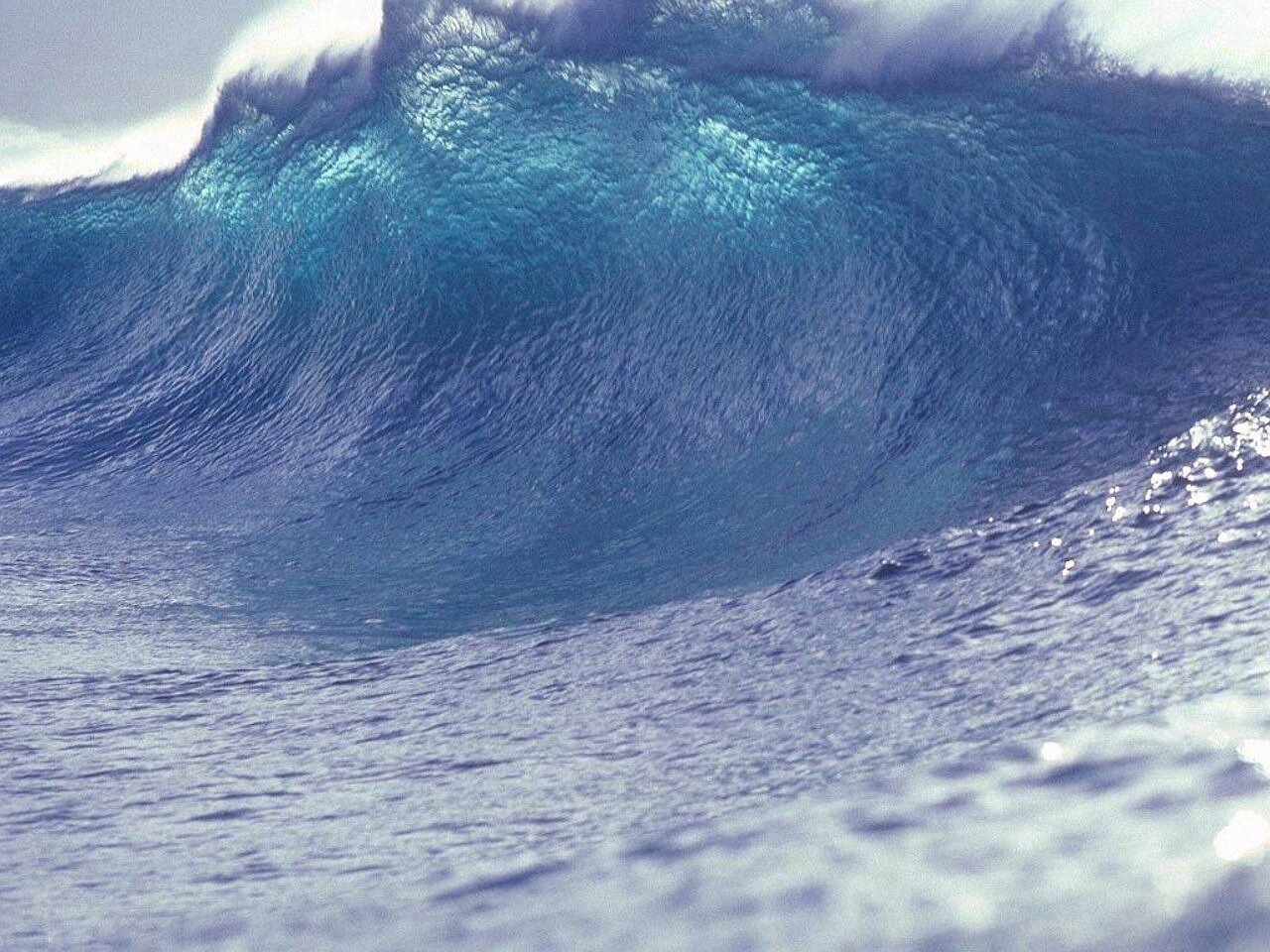Where A California Tsunami Would Hit Hardest: An Expert Analysis

Welcome to your ultimate source for breaking news, trending updates, and in-depth stories from around the world. Whether it's politics, technology, entertainment, sports, or lifestyle, we bring you real-time updates that keep you informed and ahead of the curve.
Our team works tirelessly to ensure you never miss a moment. From the latest developments in global events to the most talked-about topics on social media, our news platform is designed to deliver accurate and timely information, all in one place.
Stay in the know and join thousands of readers who trust us for reliable, up-to-date content. Explore our expertly curated articles and dive deeper into the stories that matter to you. Visit Best Website now and be part of the conversation. Don't miss out on the headlines that shape our world!
Table of Contents
Where a California Tsunami Would Hit Hardest: An Expert Analysis
California's stunning coastline, while breathtaking, is also vulnerable. The looming threat of a tsunami, a devastating wall of water triggered by seismic activity, is a serious concern for residents and authorities alike. But where would a tsunami hit California hardest? This expert analysis delves into the potential impact zones and what we know about mitigating the risk.
The Pacific Ring of Fire, a highly active seismic zone, directly borders California. This means the state is susceptible to both near-source tsunamis (generated by earthquakes close to the coast) and distant-source tsunamis (originating from earthquakes further afield in the Pacific Ocean). Understanding the difference is crucial in predicting impact areas.
Near-Source Tsunamis: The Immediate Threat
Near-source tsunamis pose the most immediate and significant threat to California. These are typically generated by powerful earthquakes along the state's fault lines, such as the Cascadia Subduction Zone (CSZ) – a major fault line running off the coast of Oregon, Washington, and northern California.
-
Areas at Highest Risk: A major earthquake along the CSZ could trigger a tsunami impacting the northern California coast with devastating force. Areas like Crescent City, Eureka, and Mendocino County would likely experience the most significant wave heights and flooding. Coastal communities in Humboldt Bay are particularly vulnerable due to their low-lying geography.
-
Predictive Modeling: Scientists use sophisticated computer models to predict tsunami inundation zones. These models take into account factors like earthquake magnitude, fault rupture characteristics, and the bathymetry (underwater topography) of the ocean floor. While these models are crucial for preparedness, predicting the exact height and reach of a tsunami remains challenging.
Distant-Source Tsunamis: The Less Frequent, But Still Dangerous, Threat
Tsunamis generated by earthquakes thousands of miles away can still impact California's coast. The 2011 Tohoku earthquake and tsunami in Japan, for example, caused minor damage along the California coast, demonstrating the far-reaching effects of these events.
- Impact Varies Widely: The effects of distant-source tsunamis vary greatly depending on the location and size of the earthquake. While wave heights are generally smaller than near-source tsunamis, the inundation can still be significant, particularly in low-lying areas. Southern California, while less vulnerable to near-source events, isn't entirely immune to the impacts of distant-source tsunamis.
Preparation and Mitigation: What Can Be Done?
Preparing for a tsunami involves a multi-pronged approach:
-
Early Warning Systems: The National Oceanic and Atmospheric Administration (NOAA) operates a sophisticated tsunami warning system that monitors seismic activity and issues alerts. Familiarizing yourself with these alerts and evacuation plans is critical. [Link to NOAA Tsunami Warning System]
-
Evacuation Routes: Identify and familiarize yourself with your local tsunami evacuation routes. Practice your evacuation plan regularly, especially with family members.
-
Structural Mitigation: Building codes in high-risk areas are being updated to better withstand tsunami forces. Elevating buildings, constructing seawalls, and implementing other structural safeguards can significantly reduce the impact.
-
Community Preparedness: Local communities play a crucial role in tsunami preparedness. Participate in community drills and workshops to enhance your knowledge and preparedness.
Conclusion:
While a major tsunami impacting California is a significant threat, understanding the potential impact zones and taking proactive steps for preparation significantly reduces the risk. By staying informed, practicing your evacuation plans, and supporting community preparedness efforts, California residents can better protect themselves and their communities from the devastating effects of a future tsunami. The future of coastal safety lies in preparedness and understanding the specific vulnerabilities of our unique environment.

Thank you for visiting our website, your trusted source for the latest updates and in-depth coverage on Where A California Tsunami Would Hit Hardest: An Expert Analysis. We're committed to keeping you informed with timely and accurate information to meet your curiosity and needs.
If you have any questions, suggestions, or feedback, we'd love to hear from you. Your insights are valuable to us and help us improve to serve you better. Feel free to reach out through our contact page.
Don't forget to bookmark our website and check back regularly for the latest headlines and trending topics. See you next time, and thank you for being part of our growing community!
Featured Posts
-
 Critical Analysis Did Thunderbolts Launch Wyatt Russell To Stardom
Jun 10, 2025
Critical Analysis Did Thunderbolts Launch Wyatt Russell To Stardom
Jun 10, 2025 -
 Liz Hurleys Iconic Versace Dress A Look Back
Jun 10, 2025
Liz Hurleys Iconic Versace Dress A Look Back
Jun 10, 2025 -
 Police Funding Minister Demands Increased Contribution
Jun 10, 2025
Police Funding Minister Demands Increased Contribution
Jun 10, 2025 -
 Is Government Regulation Of Childrens Social Media Necessary
Jun 10, 2025
Is Government Regulation Of Childrens Social Media Necessary
Jun 10, 2025 -
 Finding Faith Through Furry Friends The Spiritual Power Of Pet Companionship
Jun 10, 2025
Finding Faith Through Furry Friends The Spiritual Power Of Pet Companionship
Jun 10, 2025
Latest Posts
-
 Small Aircraft Crash Near San Diego Faa Announces Six Fatalities
Jun 11, 2025
Small Aircraft Crash Near San Diego Faa Announces Six Fatalities
Jun 11, 2025 -
 Colleague Attack Leads To Jail Time For Plastic Surgeon Jonathan Peter Brooks
Jun 11, 2025
Colleague Attack Leads To Jail Time For Plastic Surgeon Jonathan Peter Brooks
Jun 11, 2025 -
 Draisaitl Goal Mc Davids Skill Sets Up Oilers Offense
Jun 11, 2025
Draisaitl Goal Mc Davids Skill Sets Up Oilers Offense
Jun 11, 2025 -
 Betting Odds And Prediction Danielle Collins Vs Greet Minnen At The Libema Open 2025
Jun 11, 2025
Betting Odds And Prediction Danielle Collins Vs Greet Minnen At The Libema Open 2025
Jun 11, 2025 -
 Josh Olivers Future Secured Three Year Contract Extension Announced
Jun 11, 2025
Josh Olivers Future Secured Three Year Contract Extension Announced
Jun 11, 2025
